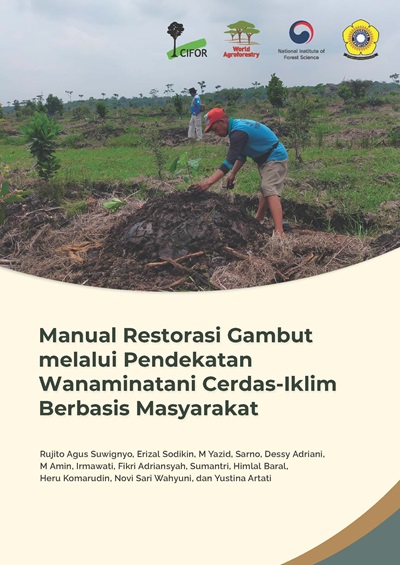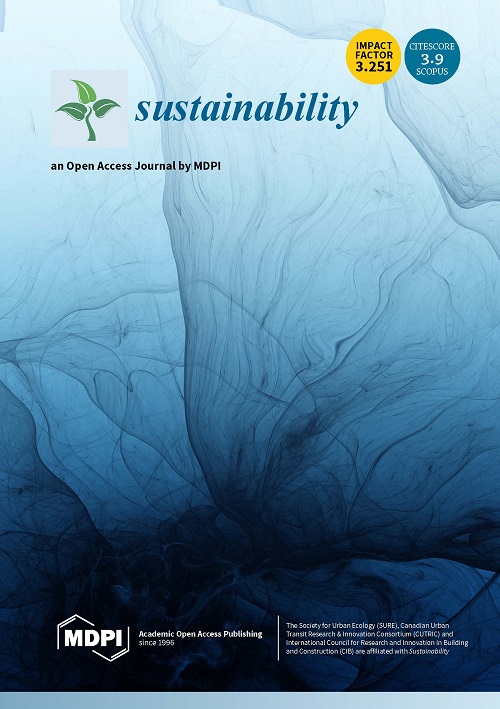The implicit hydrologic dimensions of international efforts to mitigate climate change, specifically potential impacts of the Clean Development Mechanism-Afforestation/Reforestation (CDM-AR) provisions of the Kyoto Protocol (KP) on global, regional and local water cycles, are examined. The global impact of the redistribution of water use driven by agriculture and land use change, of which CDM-AR can be a contributing factor, is a major component of ongoing global change and climate change processes. If converted to forest, large areas deemed suitable for CDM-AR would exhibit increases in actual evapotranspiration (AET) and/or decreases in runoff. Almost 20% (144 Mha) of all suitable land showed little or no impact on runoff and another 28% (210 Mha) showed only moderate impact. About 27% (200 Mha) was in the highest impact class, exhibiting an 80-100% decrease in runoff, and prevalent in drier areas (based on Aridity Index (AI)), the semi-arid tropics, and in conversion from grasslands and subsistence agriculture. Significant impacts on local hydrologic cycles were evident, however large impacts were not predicted at regional or global scale due primarily to the current limit on carbon offset projects under the Kyoto Protocol. Predicted decreases in runoff ranged from 54% in drier areas to less than 5% in more humid areas, based on four case studies located across a range of biophysical conditions and project scenarios in Ecuador and Bolivia. Factors other than climate, e.g. upstream/ downstream position, were shown to be important in evaluating off-site impacts. This study demonstrates that it will become increasingly important to consider implications on local to regional water resources, and how the hydrologic dimension of CDM-AR impacts on issues of sustainability, local communities, and food security.
DOI:
https://doi.org/10.1016/j.agee.2008.01.015
Altmetric score:
Dimensions Citation Count:
























